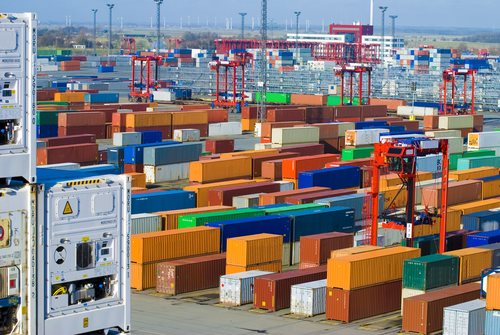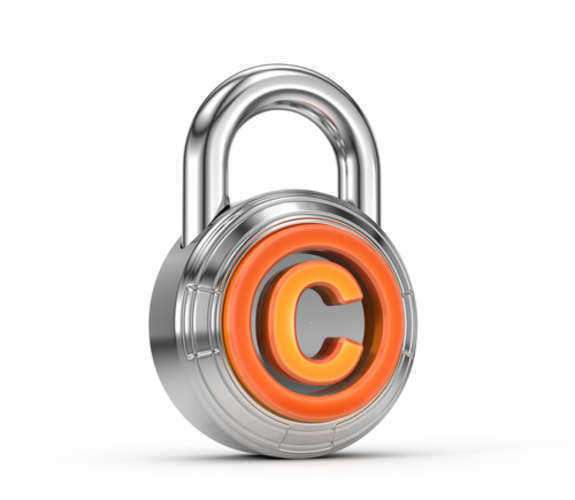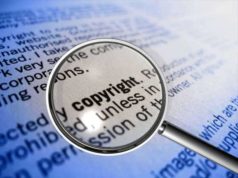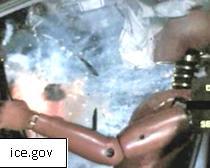
$34 Million of Counterfeit Goods Seized on Oct 19th 2012: The Shocking Discovery
It was a historic day in the fight against counterfeit goods as the US Customs and Border Protection (CBP) announced one of the largest counterfeit seizures in US history. The CBP agents seized a massive haul of $34 million worth of counterfeit goods from several locations across the United States.
The scope of the counterfeit operation was massive, with the discovery of over 5,000 fake designer handbags and wallets, sunglasses, clothing, electronics, and other luxury items. The counterfeit items were all labeled with well-known designer names such as Hermes, Louis Vuitton, and Gucci, but were of poor quality and manufacture.
Operation Round-Up: How the CBP Pulled off the Massive Seizure
Operation Round-Up was a coordinated effort between the CBP and various other agencies to bring down a multi-state counterfeit operation. Agents conducted investigations over a period of several months, tracing the operation back to its source. They worked closely with the Department of Justice, Homeland Security Investigations, and the Postal Service to track and identify key players in the operation.
Once enough evidence was gathered, CBP agents coordinated a series of raids in several locations across the United States, resulting in the massive seizure of counterfeit goods.
The Consequences of Counterfeit Goods on the Economy and Consumers
The sale and purchase of counterfeit goods is a growing problem, with estimates suggesting that it costs the global economy billions of dollars each year. The production and distribution of fake products not only hurt the legitimate businesses that are producing authentic goods, but they can also be harmful to consumers.
Counterfeit goods are often of inferior quality and can be dangerous to use, particularly when it comes to electronic goods and pharmaceuticals. They may pose a risk to the health and safety of the individuals using them. Furthermore, the sale of fake goods often funds other criminal activities, such as money laundering and human trafficking.
The CBP works tirelessly to intercept counterfeit goods at the border and across the country. This seizure should serve as a reminder to consumers to be diligent in their purchases and to support legitimate businesses that are producing authentic goods.
Final Thoughts
The $34 million seizure of counterfeit goods was a massive win for the CBP in their ongoing fight against fake goods. The operation highlights the fact that the production and distribution of counterfeit goods is a serious problem, with damaging consequences for both the economy and consumers. It also highlights the importance of cross-agency cooperation in combating counterfeit operations. The message to counterfeiters is clear: the CBP is watching, and they won’t hesitate to seize fake goods and prosecute those responsible.
On October 19, 2012, Immigration and Customs Enforcement (ICE) announced that their Homeland Security Investigations (HSI) has extensively trained Paraguay’s Custom Office and other law enforcement in the country on seizing counterfeit goods. The training has proven extremely successful, and Paraguayan authorities have seized a huge amount of counterfeit goods in the last month.
On October 16, 2012, HSI agents and Paraguayan authorities successfully seized $34 million of counterfeit merchandise. On October 11, the authorities received information about the smuggling of merchandise through Silvio Pettirossi International Airport in Asunción. HSI and Paraguayan authorities found counterfeit watches from a Swiss origin, and about 12,500 counterfeit Samsung cell phones were also discovered.
A large search and seizure occurred earlier on September 26 as well. HSI and Paraguayan Customs targeted a shipment from Uruguay to Ciudad de Este in Paraguay. While searching the container, the authorities found counterfeit Xboxes, PlayStations, and Nintendo systems. The counterfeit merchandise had a retail value of $741,041.
Raul O. Aguilar, HSI Buenos Aires attaché, stated, “Partnerships with international customs agencies and border security agents are essential to combating intellectual property theft. HSI is proud to support our Paraguayan colleagues with our expertise in disrupting criminal organizations that import counterfeit products and goods.”
The seizures were part of the Illicit Pathways Attack Strategy (IPAS) under HSI. ICE states that transnational organized crime (TOC) has grown more complex and become widespread over the last two decades, but IPAS attempts to interconnect authorities around the world to combat counterfeit goods.
Aguilar also stated, “HSI will continue to provide training exercises and build strong partnerships with our Paraguayan counterparts in order to assist in the targeting and interception of shipments containing smuggled and illicit cargo. Such training has been instrumental in increasing the abilities of the various agencies with the Republic of Paraguay, and has contributed to an increase in seizures.”
Source: U.S. Immigration and Customs Enforcement







